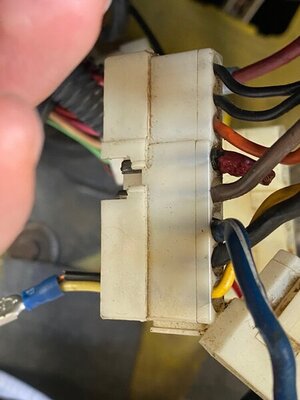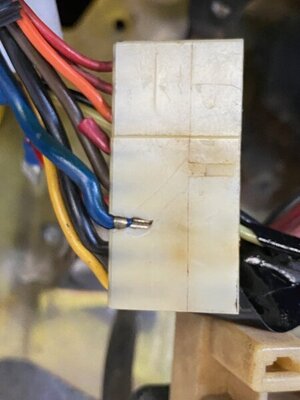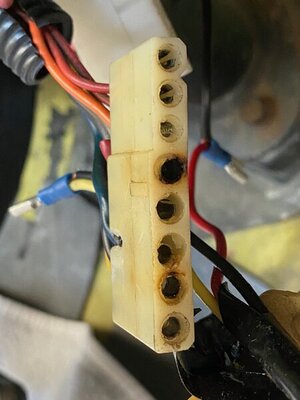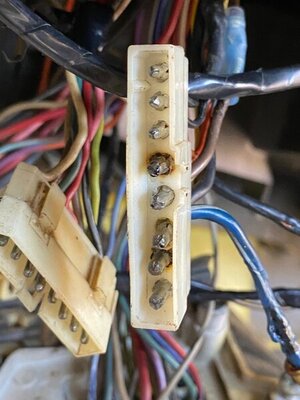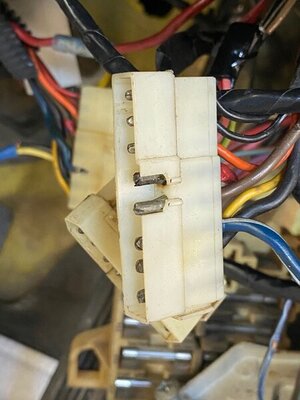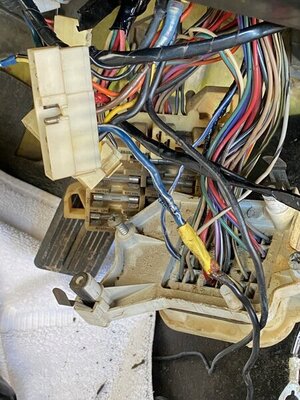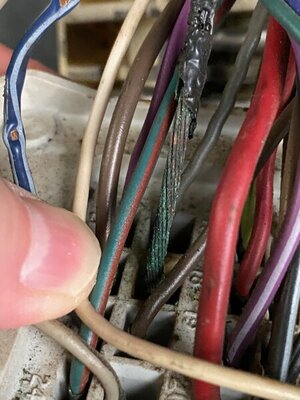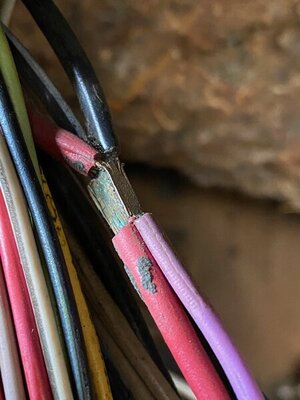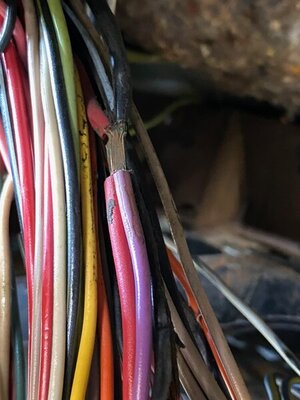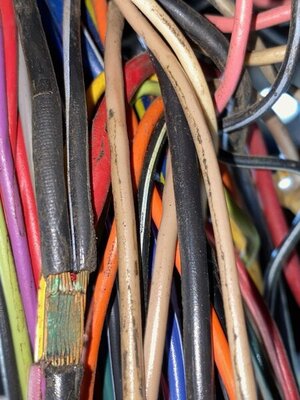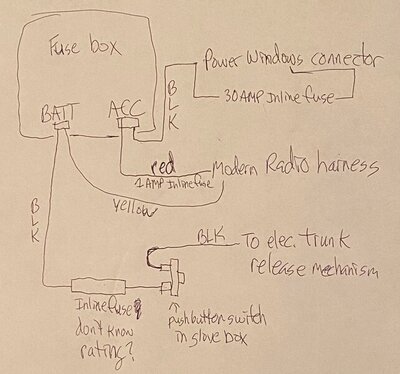Nacho-RT74
Well-Known Member
Damn, is just a simple way to say it!!!
The ammeter registers the charging load to the batt like if it was another sucker device when is discharged, and charge can't go faster or higher than the chemical process itself no matter how much extra amperes is the alternator able to source. Once the max capacity for the batt to get charged back has been reached, the extra alternator capacity won't push more amperes to it, then the ammeter won't "suffer" this extra alternator capacity. This is just what I try to explain.
Then we have all the theory to explain it with maths and chemical, true, but on the practical, this is what we are able to see on the ammeter.
And the ammeter charge reading will be getting reduced while the batt is getting charged back, still with the same alternator spining at same speed.
( for whatever scientific reason I'm not getting into )
Everything of this just while we don't have ANOTHER device getting sourced from batt side, because if there is, the ammeter will register this load too as a Charge reading which IS NOT A CHARGE LOAD, but THE reason to overload the ammeter with an incorrect charge load reading, and this is what is being happening FOR YEARS to then blame the ammeter
The ammeter registers the charging load to the batt like if it was another sucker device when is discharged, and charge can't go faster or higher than the chemical process itself no matter how much extra amperes is the alternator able to source. Once the max capacity for the batt to get charged back has been reached, the extra alternator capacity won't push more amperes to it, then the ammeter won't "suffer" this extra alternator capacity. This is just what I try to explain.
Then we have all the theory to explain it with maths and chemical, true, but on the practical, this is what we are able to see on the ammeter.
And the ammeter charge reading will be getting reduced while the batt is getting charged back, still with the same alternator spining at same speed.
( for whatever scientific reason I'm not getting into )
Everything of this just while we don't have ANOTHER device getting sourced from batt side, because if there is, the ammeter will register this load too as a Charge reading which IS NOT A CHARGE LOAD, but THE reason to overload the ammeter with an incorrect charge load reading, and this is what is being happening FOR YEARS to then blame the ammeter
Last edited:

